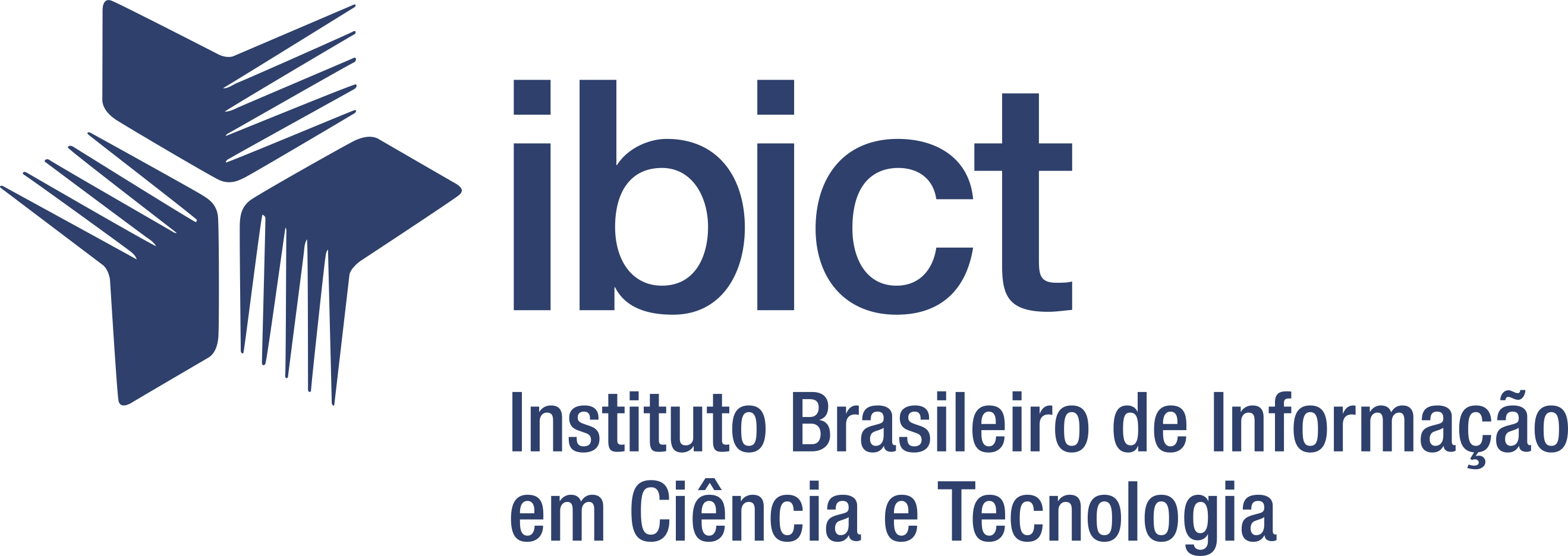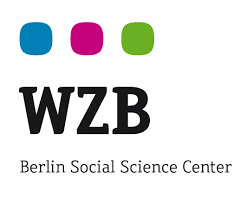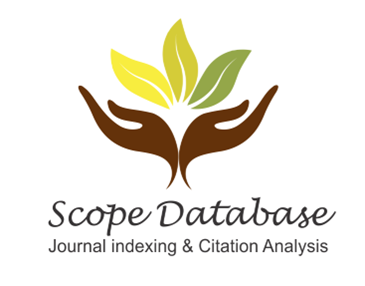ANÁLISE DA CORRELAÇÃO DE CITOCINAS INFLAMATÓRIAS E CIVD EM PACIENTES POLITRAUMATIZADOS
DOI:
https://doi.org/10.53612/recisatec.v2i6.148Palavras-chave:
Traumatismo múltiplo, Citocinas, Coagulação Intravascular DisseminadaResumo
A coagulação intravascular disseminada (CIVD) é caracterizada pela ativação in vivo do sistema de coagulação, o que resulta na deposição intravascular de fibrina e sangramento excessivo. O paciente politraumatizado sofre de um quadro de inflamação sistêmica mediada por citocinas inflamatórias. Nesse contexto, o objetivo do presente trabalho é relacionar as citocinas inflamatórias com o quadro de coagulação intravascular disseminada em pacientes politraumatizados. A revisão de literatura foi realizada a partir do levantamento de artigos científicos encontrados nas principais plataformas de busca de artigos científicos: ScienceDirect, PubMed, SciELO e BIREME, no período de março de 2021 a março de 2022, usando os descritores: traumatismo múltiplo; Citocinas; Coagulação Intravascular Disseminada. A resposta inflamatória sistêmica por estar associada à CIVD onde as citocinas e quimiocinas atuam como mediadores-chave. Há ampla evidência de que há considerável cross-talk entre ativação inflamatória e atividade hemostática. Essa interação é bidirecional, de modo que a inflamação não apenas leva à ativação da coagulação, mas ativa as proteases de coagulação também regulam de forma importante a inflamação. Mudanças nas concentrações das citocinas G-SCF, Gro-α, IL-6, IL-8, IL-10 e MCP-1 correlacionaram-se com gravidade do quadro de pacientes politraumatizados sugerindo que essas citocinas podem estar desempenhando papéis protetores na imunopatogênese de pacientes politraumatizados, sendo assim, todas essas citocinas podem ser potenciais biomarcadores confiáveis para predizendo o desenvolvimento da síndrome de CVID em pacientes com politraumatismo.
Downloads
Referências
ADELBORG, K.; LARSEN, J. B.; HVAS, A.M. Disseminated intravascular coagulation: epidemiology, biomarkers, and management. British Journal of Haematology, v. 192, n. 5, p. 803-818, 2021. DOI: https://doi.org/10.1111/bjh.17172
APAGEORGIOU, C. et al. Disseminated intravascular coagulation: an update on pathogenesis, diagnosis, and therapeutic strategies. Clinical and Applied Thrombosis/Hemostasis, v. 24, n. 9_suppl, p. 8S-28S, 2018. DOI: https://doi.org/10.1177/1076029618806424
BEDET, A. et al. Mechanisms of thrombocytopenia during septic shock: a multiplex cluster analysis of endogenous sepsis mediators. Shock: Injury, Inflammation, and Sepsis: Laboratory and Clinical Approaches, v. 49, n. 6, p. 641-648, 2018. DOI: https://doi.org/10.1097/SHK.0000000000001015
DE MELO, I. S. F. et al. CANDIDA sp, UMA BREVE REVISÃO BIBLIOGRÁFICA. RECISATEC-REVISTA CIENTÍFICA SAÚDE E TECNOLOGIA-ISSN 2763-8405, v. 2, n. 5, p. e35129-e35129, 2022. DOI: https://doi.org/10.53612/recisatec.v2i5.129
DE ALMEIDA, C. E. R. et al. Traumatic brain injury epidemiology in Brazil. World neurosurgery, v. 87, p. 540-547, 2016. DOI: https://doi.org/10.1016/j.wneu.2015.10.020
DEKKER, A. E.; KRIJNEN, P.; SCHIPPER, I. B. Predictive value of cytokines for developing complications after polytrauma. World journal of critical care medicine, v. 5, n. 3, p. 187, 2016. DOI: https://doi.org/10.5492/wjccm.v5.i3.187
EFRON, P. A.; MOORE, F. A.; BRAKENRIDGE, S. C. Persistent inflammation, immunosuppression and catabolism after severe injury or infection. Annual Update in Intensive Care and Emergency Medicine 2018, p. 25-35, 2018. DOI: https://doi.org/10.1007/978-3-319-73670-9_3
FANG, Y. et al. Paeoniflorin alleviates lipopolysaccharide‐induced disseminated intravascular coagulation by inhibiting inflammation and coagulation activation. Drug Development Research, v. 81, n. 4, p. 517-525, 2020. DOI: https://doi.org/10.1002/ddr.21647
GANDO, S. et al. A multicenter prospective validation study on disseminated intravascular coagulation in trauma-induced coagulopathy. Journal of Thrombosis and Haemostasis, v. 18, n. 9, p. 2232-2244, 2020. DOI: https://doi.org/10.1111/jth.14931
GANDO, S. LEVI, M.; TOH, C.H. Disseminated intravascular coagulation. Nature Reviews Disease Primers, v. 2, n. 1, p. 1-16, 2016. DOI: https://doi.org/10.1038/nrdp.2016.37
GUISASOLA, M. C. et al. An overview of cytokines and heat shock response in polytraumatized patients. Cell stress and chaperones, v. 23, n. 4, p. 483-489, 2018. DOI: https://doi.org/10.1007/s12192-017-0859-9
HONORE, P. M. et al. Cytokine removal in human septic shock: where are we and where are we going?. Annals of intensive care, v. 9, n. 1, p. 1-13, 2019. DOI: https://doi.org/10.1186/s13613-019-0530-y
IBA, T. et al. The progression from coagulopathy to disseminated intravascular coagulation in representative underlying diseases. Thrombosis research, v. 179, p. 11-14, 2019. DOI: https://doi.org/10.1016/j.thromres.2019.04.030
ITO, T. et al. Thrombomodulin in disseminated intravascular coagulation and other critical conditions—a multi-faceted anticoagulant protein with therapeutic potential. Critical Care, v. 23, n. 1, p. 1-11, 2019. DOI: https://doi.org/10.1186/s13054-019-2552-0
JIANG, S. et al. Associations Among Disseminated Intravascular Coagulation, Thrombocytopenia Cytokines/Chemokines and Genetic Polymorphisms of Toll-Like Receptor 2/4 in Chinese Patients with Sepsis. Journal of Inflammation Research, v. 15, p. 1, 2022. DOI: https://doi.org/10.2147/JIR.S337559
JOHANSSON, P. I. et al. Disseminated intravascular coagulation or acute coagulopathy of trauma shock early after trauma? An observational study. Critical Care, v. 15, n. 6, p. 1-10, 2011. DOI: https://doi.org/10.1186/cc10553
KANY, S.; VOLLRATH, J. T.; RELJA, B. Cytokines in inflammatory disease. International journal of molecular sciences, v. 20, n. 23, p. 6008, 2019. DOI: https://doi.org/10.3390/ijms20236008
KHURANA, S. et al. Crosstalk between T Helper Cell Subsets and Their Roles in Immunopathogenesis and Outcome of Polytrauma Patients. Indian Journal of Critical Care Medicine: Peer-reviewed, Official Publication of Indian Society of Critical Care Medicine, v. 24, n. 11, p. 1037, 2020. DOI: https://doi.org/10.5005/jp-journals-10071-23577
LEVI, M. Pathogenesis and diagnosis of disseminated intravascular coagulation. International journal of laboratory hematology, v. 40, p. 15-20, 2018. DOI: https://doi.org/10.1111/ijlh.12830
LEVI, M.; SIVAPALARATNAM, S. Disseminated intravascular coagulation: an update on pathogenesis and diagnosis. Expert review of hematology, v. 11, n. 8, p. 663-672, 2018. DOI: https://doi.org/10.1080/17474086.2018.1500173
LUPU, F.; KINASEWITZ, G.; DORMER, K. The role of endothelial shear stress on haemodynamics, inflammation, coagulation and glycocalyx during sepsis. Journal of Cellular and Molecular Medicine, v. 24, n. 21, p. 12258-12271, 2020. DOI: https://doi.org/10.1111/jcmm.15895
NAMAS, R. A. et al. Insights into the role of chemokines, damage-associated molecular patterns, and lymphocyte-derived mediators from computational models of trauma-induced inflammation. Antioxidants & redox signaling, v. 23, n. 17, p. 1370-1387, 2015. DOI: https://doi.org/10.1089/ars.2015.6398
OSUKA, A. et al. Immune response to traumatic injury: harmony and discordance of immune system homeostasis. Acute Medicine & Surgery, v. 1, n. 2, p. 63-69, 2014. DOI: https://doi.org/10.1002/ams2.17
PATEL, P. et al. Markers of inflammation and infection in sepsis and disseminated intravascular coagulation. Clinical and Applied Thrombosis/Hemostasis, v. 25, p. 1076029619843338, 2019. DOI: https://doi.org/10.1177/1076029619843338
STOKOL, T. Disseminated intravascular coagulation. Schalm's veterinary hematology, p. 837-847, 2022. DOI: https://doi.org/10.1002/9781119500537.ch92
VAN BREUGEL, J. M. M. et al. Global changes in mortality rates in polytrauma patients admitted to the ICU a systematic review. World Journal of Emergency Surgery, v. 15, n. 1, p. 1-13, 2020. DOI: https://doi.org/10.1186/s13017-020-00330-3
VOGEL, M. et al. Distinct dynamics of stem and progenitor cells in blood of polytraumatized patients. Shock (Augusta, Ga.), v. 51, n. 4, p. 430, 2019. DOI: https://doi.org/10.1097/SHK.0000000000001198
VOLPIN, G. et al. Cytokine levels (IL-4, IL-6, IL-8 and TGFβ) as potential biomarkers of systemic inflammatory response in patients. International orthopaedics, v. 38, n. 6, p. 1303-1309, 2014 DOI: https://doi.org/10.1007/s00264-013-2261-2
WADA, T. et al. Disseminated intravascular coagulation immediately after trauma predicts a poor prognosis in severely injured patients. Scientific reports, v. 11, n. 1, p. 1-12, 2021. DOI: https://doi.org/10.1038/s41598-021-90492-0
WU, F. et al. Resuscitative Strategies to Modulate the Endotheliopathy of Trauma: From Cell to Patient: Resuscitation of the Endothelium. Shock (Augusta, Ga.), v. 53, n. 5, p. 575, 2020. DOI: https://doi.org/10.1097/SHK.0000000000001378
YAMAMOTO, A. et al. Soluble C-type lectin-like receptor 2 is a biomarker for disseminated intravascular coagulation. Journal of Clinical Medicine, v. 10, n. 13, p. 2860, 2021. DOI: https://doi.org/10.3390/jcm10132860
Downloads
Publicado
Como Citar
Edição
Seção
Categorias
Licença
Copyright (c) 2022 RECISATEC - REVISTA CIENTÍFICA SAÚDE E TECNOLOGIA - ISSN 2763-8405

Este trabalho está licenciado sob uma licença Creative Commons Attribution 4.0 International License.
Os direitos autorais dos artigos/resenhas/TCCs publicados pertecem à revista RECISATEC, e seguem o padrão Creative Commons (CC BY 4.0), permitindo a cópia ou reprodução, desde que cite a fonte e respeite os direitos dos autores e contenham menção aos mesmos nos créditos. Toda e qualquer obra publicada na revista, seu conteúdo é de responsabilidade dos autores, cabendo a RECISATEC apenas ser o veículo de divulgação, seguindo os padrões nacionais e internacionais de publicação.





















































